The figures were released in the first National Report on Civil Registration and Statistics for the period 2021-2024, in late April. The report was developed by the General Statistics Office based on the national electronic civil registration database, with the support of the United Nations Population Fund (UNFPA) and the Public Health Service (VS).
The sex ratio at birth, which reflects the natural balance between boys and girls at birth, is biologically normal at 104-106 boys per 100 girls. When this ratio exceeds 106, it indicates a deviation from the biological norm and reflects intentional interventions in the gender aspect.
“This will affect the natural balance, threatening the stability of the national and global population,” the Statistics Office noted.
In fact, the problem of gender imbalance at birth in Vietnam has been discovered through annual population change surveys. The government has implemented many policies and solutions to control it, but the situation has not been improved. From 2021 to 2024, this ratio was 109.5; 109.7 and 110.7 boys per 100 girls, respectively, continuously exceeding the natural level.
“Obviously, despite the Government’s efforts to reduce sex selection interventions during pregnancy in Vietnam, the gender imbalance at birth has not improved and has even become more serious in the past two years,” the General Statistics Office acknowledged.
The report also pointed out that the imbalance is mainly concentrated in the northern provinces, especially the Red River Delta, with 10/11 provinces having a ratio above 110, notably Bac Ninh, followed by Vinh Phuc (118.5), Hanoi (118.1) and Hung Yen (116.7). Some provinces in the Northern Midlands and Mountains also recorded high rates, such as Bac Giang (116.3), Son La (115), Lang Son (114.5), Phu Tho (113.6). Meanwhile, the southern localities have a sex ratio at birth approaching the natural balance or only slightly different, ranging from 105 to 108.
“Thus, one of the solutions to improve the gender imbalance at birth is to study and implement policies that focus more on the Northern region, instead of investing widely across the country,” the General Statistics Office recommended.
Dr. Mai Xuan Phuong, Deputy Director of the Department of Communication and Education, General Department of Population, now the Department of Population (Ministry of Health), said that many Vietnamese people still have a preference for sons in the context of a sharp decline in the birth rate, currently only 1.91 children/woman while the ideal number is 2.1. Many families, when having only one child, have tried every way to choose the sex of the fetus.
In addition, Confucian culture, with its concept of needing sons to continue the family line and worship ancestors, and its underestimation of the role of women in the family and society, further increases gender inequality. Easy access to medical services for diagnosing or selecting the sex of the fetus also leads to abortions for gender reasons.
Deputy Minister of Health Tran Van Thuan, at the launching ceremony of the National Action Month on Population in 2024, warned that Vietnam is facing a situation of “decreasing birth rates, excess males and shortage of females”. If the gender imbalance at birth continues at a high level, by 2034, Vietnam will have a surplus of 1.5 million males aged 15-49, and this number will increase to 1.8 million by 2059.
To address this issue, Vietnam aims to bring the sex ratio at birth to a natural balance, below 109 boys/100 girls by 2030. Experts emphasize the need to change people's awareness and behavior, encouraging natural childbirth. At the same time, it is necessary to develop policies to support and enhance the role and status of women and girls in the family, community and society.
In addition, it is necessary to strictly enforce legal regulations on controlling gender imbalance at birth, and at the same time encourage having two children, especially girls, to balance the gender ratio.
Le Nga\vnexpress.net
Source: https://baophutho.vn/mat-can-bang-gioi-tinh-tai-viet-nam-ngay-cang-nghiem-trong-232221.htm





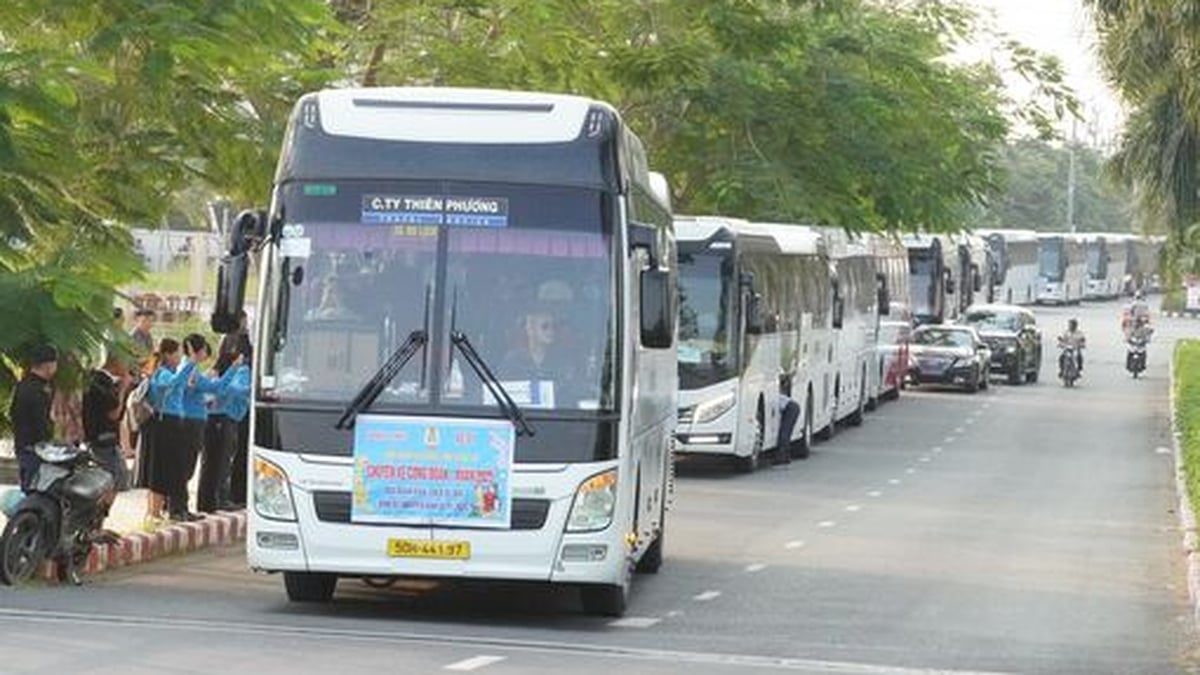



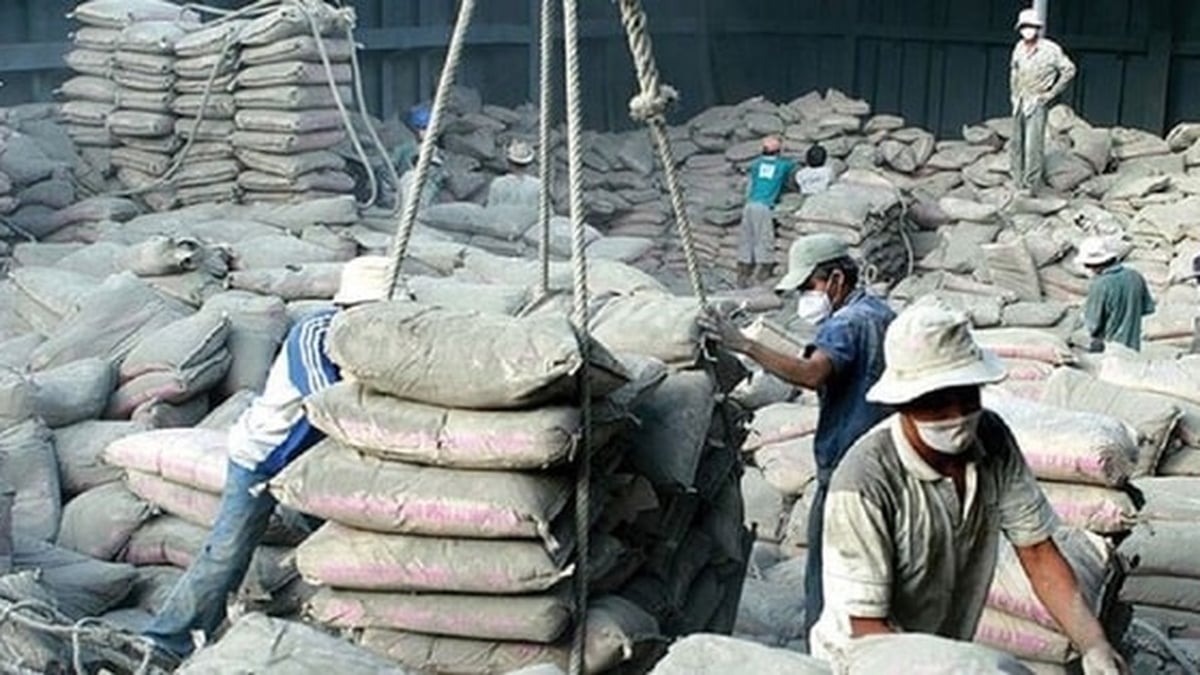
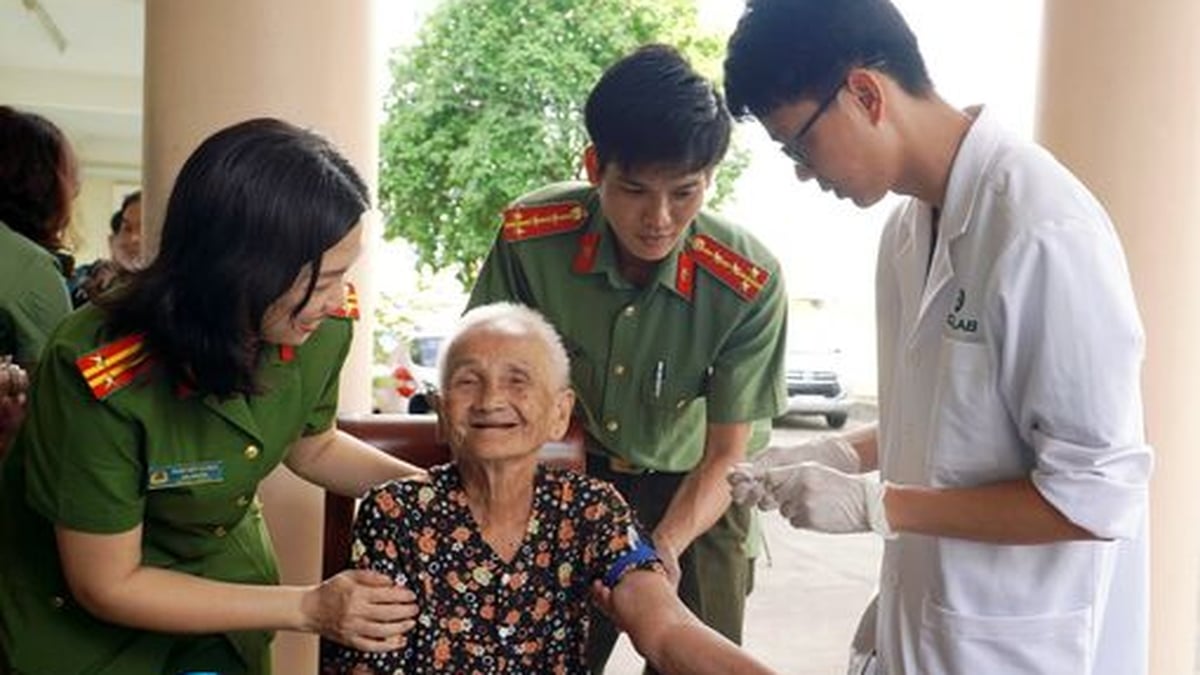
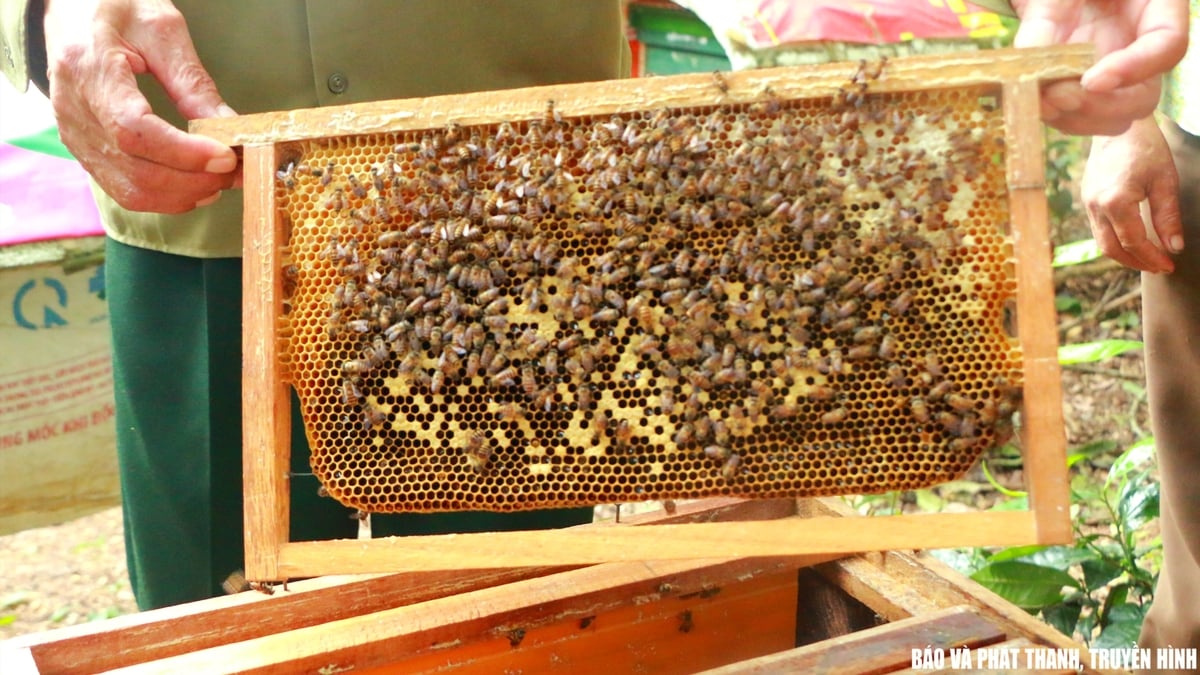














![[Photo] National Assembly Chairman attends the seminar "Building and operating an international financial center and recommendations for Vietnam"](https://vphoto.vietnam.vn/thumb/1200x675/vietnam/resource/IMAGE/2025/7/28/76393436936e457db31ec84433289f72)



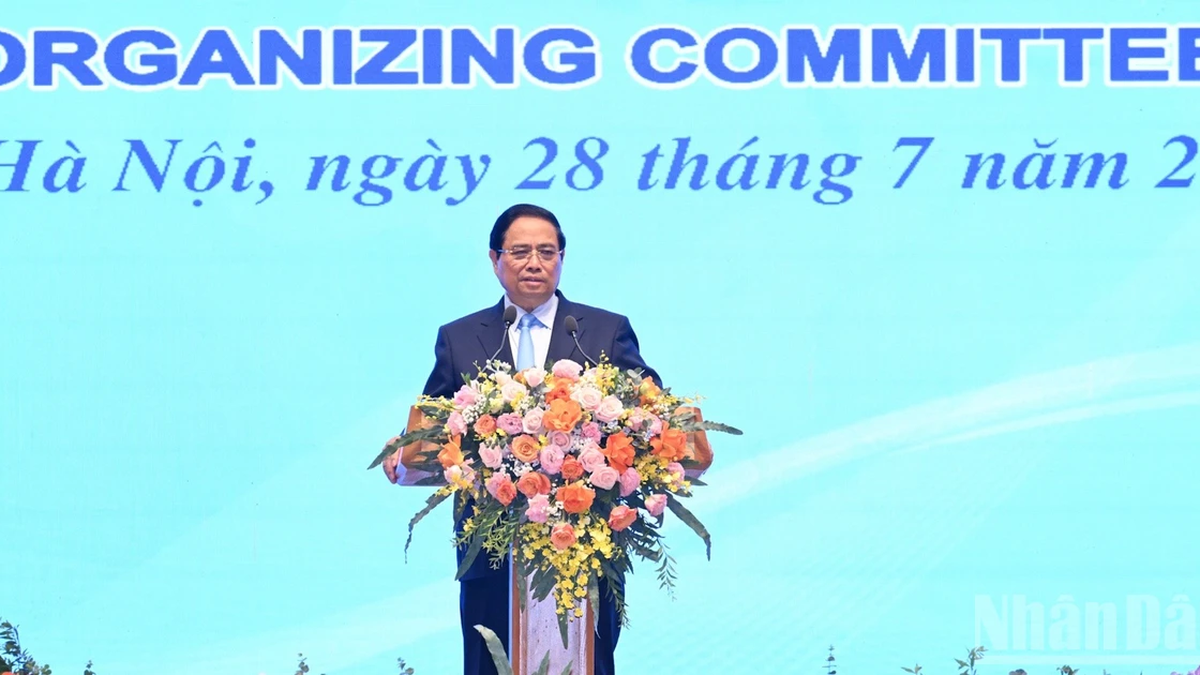














































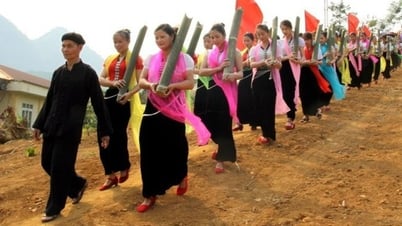
























Comment (0)